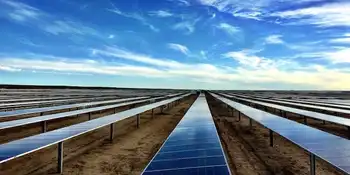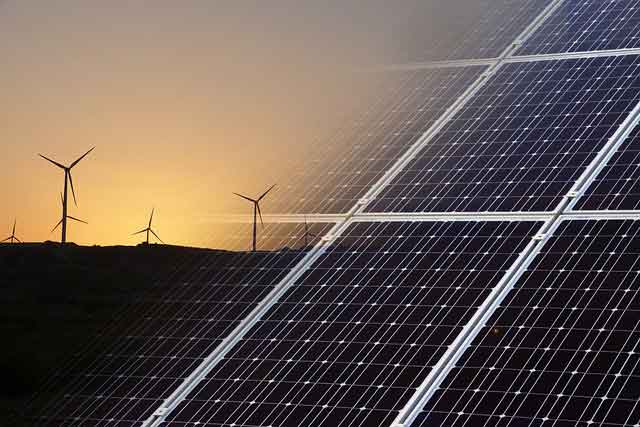Good Nukes, Bad Nukes
- The Nuclear Nonproliferation Treaty is arguably the most popular treaty in history: except for five states, every nation in the world is part of it. For more than three decades, it has helped curb the spread of nuclear weapons.
Since 9/11, however, and especially in the last several months, the viability of the treaty has been called into question. Some say it is obsolete. Others say it is merely ineffective. In support of its argument each side cites the situation in Iran, which has been able to advance a nuclear weapons program despite being a member of the treaty.
The Iranian nuclear program — and, to a lesser extent, the activities of Libya, which has also signed the treaty but announced last week it would give up all illegal weapons programs — highlight both the utility and the limitations of the treaty. It is not obsolete; if the treaty did not exist, we almost certainly would want to invent it. At the same time, it would be a mistake to rely on it exclusively to address the problem of nuclear proliferation.
Those who say the treaty is useless argue that the bad guys either don't sign the treaty, or they do and then cheat. The good guys sign and obey, but the treaty is irrelevant for these countries because they have no intention of becoming nuclear proliferators in the first place.
This all-or-nothing argument is wrong. First, it fails to acknowledge that there is an important category in between good guys and bad guys. For these in-betweens — countries like Ukraine, Kazakhstan, South Africa, Argentina or South Korea — the weight of international opinion against proliferation expressed in the treaty has contributed to tipping the balance of decision-making against having nuclear weapons.
Second, the treaty does have an impact even on "bad guys" like Iraq, Iran and North Korea. When the United States moves against such regimes, it does so with the support of the global opprobrium for nuclear weapons that the treaty enshrines.
This consensus undergirds the multilateral approach that is under way to resolve the North Korean nuclear issue, and was at the heart of the international pressure that persuaded Tehran to increase the transparency of its nuclear program. Even in the divisive case of Iraq, no one argued that Saddam Hussein should be left alone with weapons of mass destruction.
Yet the treaty is not perfect. It allows, for example, nations that forswear nuclear weapons to develop nuclear power for peaceful purposes. Signatories may build and operate nuclear power reactors, and they are permitted to produce enriched uranium that fuels the reactors, to store the radioactive spent fuel from those reactors, and to reprocess that spent fuel. The only specific obligations are that signatories declare these plants to the International Atomic Energy Agency and permit the agency to inspect them.
The problem is that this "closed fuel cycle" gives these countries the inherent capacity to produce the fissile material required for a nuclear weapon. Facilities used to produce enriched uranium for power reactors can also be used to produce enriched uranium for weapons. Reprocessing spent fuel yields plutonium that can be fashioned into nuclear weapons.
As North Korea and Iran demonstrate, regimes that intend to violate the treaty's ban on nuclear weapons can exploit this right to operate a nuclear power plant. While seeming to remain within the terms of the treaty, they can gather all the resources necessary to make nuclear weapons. Then they can abrogate the treaty and proceed to build a nuclear arsenal.
The world should renew its determination to curb the spread of nuclear weapons by supplementing the current treaty with additional inducements and penalties. The key is to draw a distinction between the right to a peaceful civilian nuclear power program and the right to operate a closed fuel cycle. The first should be preserved — and perhaps enhanced — but the second should be seriously discouraged, if not prohibited.
Related News

California just made more clean energy than it needed
LOS ANGELES - We’re a long way from the land of milk and honey, but on Easter Sunday – for about an hour – we got a taste.
On Sunday, at 1:55 PM Pacific Time the California Independent Systems Operator (CAISO) reported that greenhouse gas emissions necessary to serve its demand (~80% of California’s electricity demand on an annual basis), was measured at a rate -16 metric tons of CO2 per hour. Five minutes later, the value was -2 mTCO2/h, before it crept back up to 40 mTCO2/h at 2:05 PM PST. At 2:10 PST though it fell back to -86…




